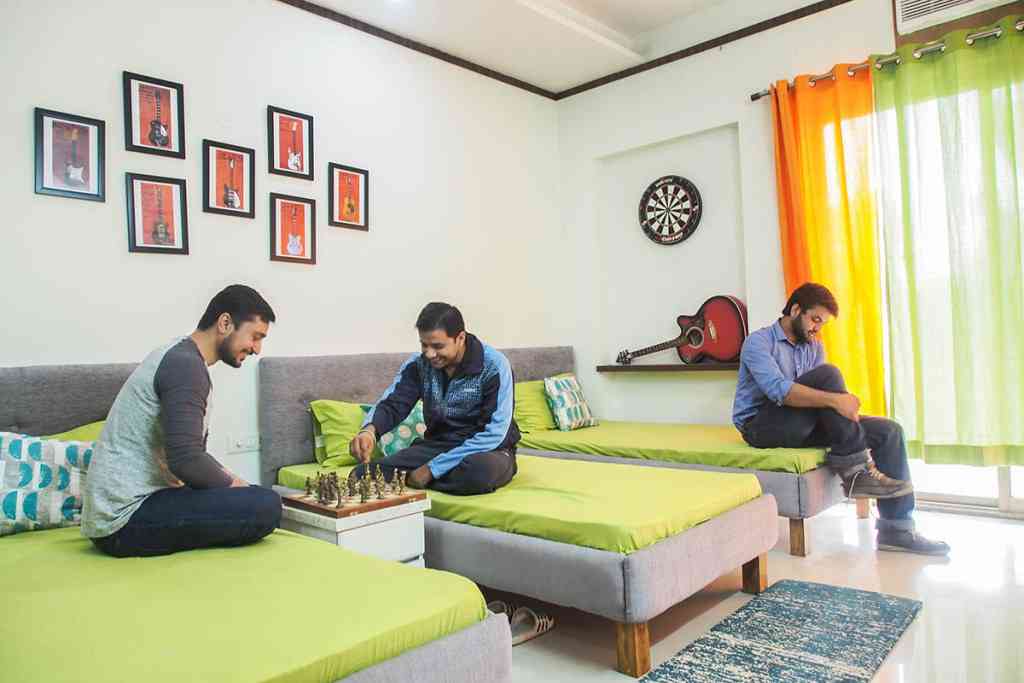In today’s urban landscape, the concept of co-living is transforming traditional housing norms. This innovative living arrangement caters to the needs of millennials, digital nomads, and young professionals who seek affordable, flexible, and community-centric living solutions in big cities.
What is Co-living? Co-living blends private living spaces with shared communal facilities, such as kitchens, lounges, and sometimes even co-working areas. This model not only facilitates a shared living culture but also significantly reduces living costs by splitting expenses among residents.
Drivers of the Co-living Trend Several factors contribute to the growing popularity of co-living spaces:
- Economic Efficiency: As urban housing prices soar, co-living offers a more affordable alternative to traditional apartments.
- Social Connectivity: Co-living spaces are designed to foster social interactions and build community, appealing to those who might otherwise feel isolated in urban settings.
- Flexibility: Many co-living arrangements offer short-term leases, attracting young professionals who may need to move frequently for work.
Design and Amenities Co-living spaces prioritize modern, functional design and often include amenities that add value to urban life. These might include high-speed internet, regular cleaning services, state-of-the-art gyms, and stylish communal areas that encourage interaction and foster a sense of community.
Challenges and Opportunities While co-living spaces offer many benefits, they also present unique challenges such as privacy concerns and the management of shared resources. Successfully addressing these challenges involves clear communication, robust community management, and sometimes, technology solutions that facilitate smoother operations.
Impact on Real Estate Markets The co-living movement is reshaping real estate markets by creating new demand for residential units that cater to communal living. It’s not only changing how developers plan and build but also how they market their properties to potential residents.
Future Prospects Looking ahead, co-living is poised for growth, driven by ongoing urbanization and the changing lifestyles of younger generations. As this trend evolves, it could lead to more sustainable urban growth patterns and innovations in residential real estate development.
Co-living is more than just a passing trend; it’s part of a broader shift towards more flexible, communal, and sustainable living solutions. As cities continue to grow, co-living offers a promising solution to some of today’s most pressing urban challenges, making it an increasingly important part of the urban housing landscape.

